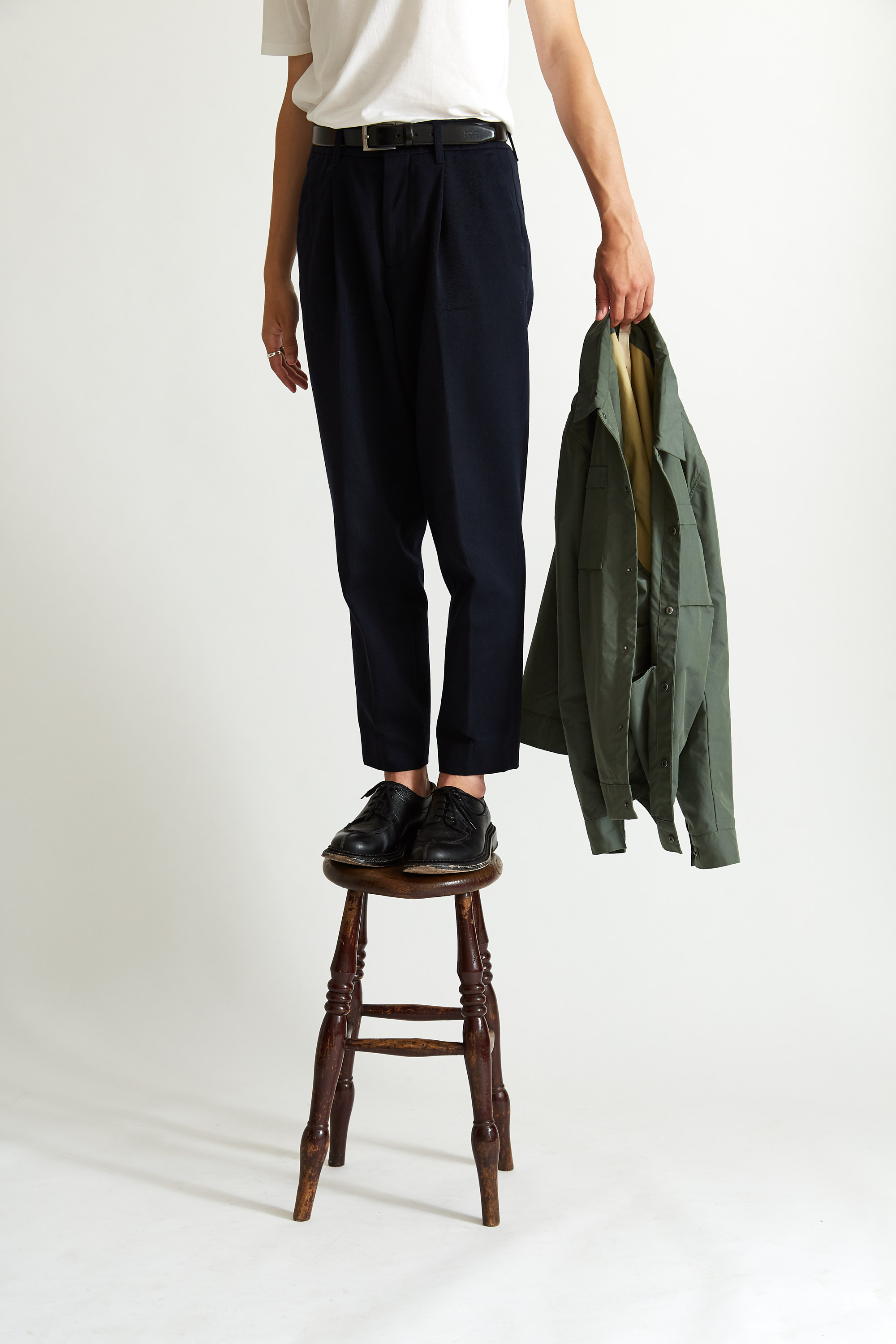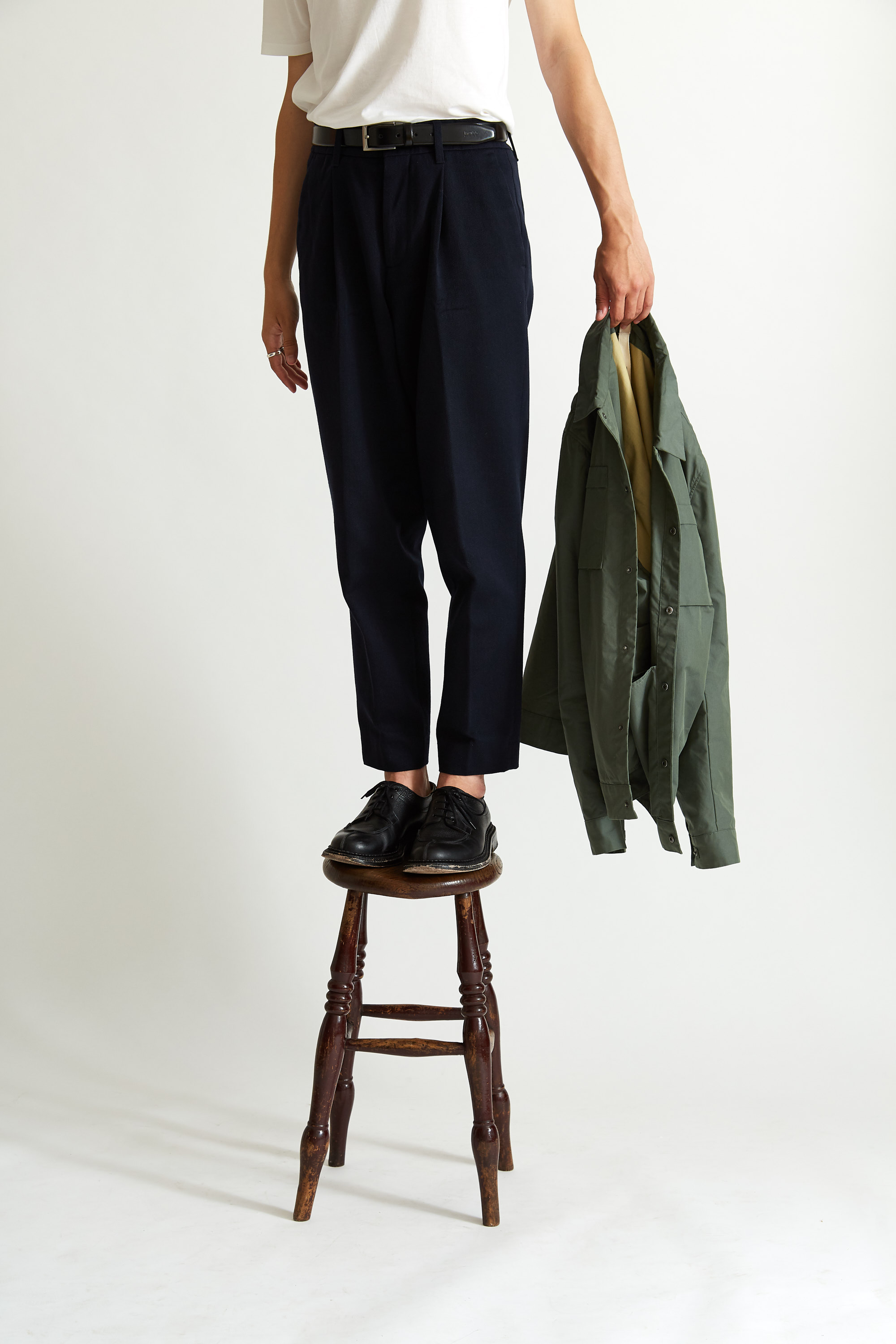Sustainability for a fashion blogger
We’ve all played our part in the problem and now we should all be looking at how we can change our behaviour when it comes to fashion to help solve it. Taking a look at the issue from the perspective of a blogger who wants to be involved in changing the conversation.
Getting to a stage where I feel comfortable writing this has taken longer than I thought because in short, I don’t feel qualified to talk about sustainability in fashion. This comes from someone who is still navigating their way through the issue with the stabilisers still very much on.
My entry point into all of this was consumption. Owning too many clothes made me feel uneasy. Which for those of you thinking “but you’re a fashion blogger that talks about clothes and earns a living from it” might not add up. Gifting is intrinsic in the fashion industry and while it is a privileged position to be in, it makes me feel a little anxious at the thought of receiving something I do not need. So now I push back, evaluate whether I need to bring that item into my life and focus around investing more in less and a wardrobe that is sensible in size. That’s the first thing we can all do. Reduce how much we own and aim to increase the lifespan of the clothes inside our wardrobe which usually involves cutting out fast-fashion.
But sustainability is much more than a consumption issue and with everything I have read I have learnt these two facts. For all the collections we hear about being made from recycled materials, less than <1% of existing clothes have been made into new yarns. The next fact is that 73% of clothes bought each year ends up in landfill or incinerated which just goes to show our disregard when it comes to what we own. One fact tells us that factories and brands need to be doing more and the other highlights that we definitely need to buy less.downicon
Outfit details: I am wearing the ORGANIC COTTON JACKET by SELECTED HOMME [gifted], NAVY TROUSERS by MR P. [similar], CLASSIC COTTON T-SHIRT by SUNSPEL [gifted] and PERCY SHOES by GRENSON [gifted].
Photography by ROSIE ANN BUTCHER
Every brand knows they have a responsibility to be doing better, but it’s not as easy as flicking a switch. Brands have heads of sustainability, sustainability directors and chief sustainability officers all looking at the problem. British brands RÆBURN, Stella McCartney and Oliver Spencer are driving conversation within the United Kingdom about what can be done which is a start, but the underlying feeling I have is that everyone now needs to be part of the conversation and adapt to the new landscape. From the high-street store and their outdated model, to the luxury brands and their damaging amounts of waste and not forgetting the new fashion graduate who will ultimately be paying the price for fashion’s mistakes.
People are quick to hero Veja’s relationship it has with its suppliers, Everlane’s Tread trainer and their offset emissions plan and Patagonia with their repair and reuse programme. All innovative ideas, but all three still have downsides to some of their processes and I think if these brands have problems, just imagine the uphill task for everyone else. The dilemma we face is that factories are not setup to change straightaway and not enough technology to change the industry en masse. It’s expensive and time consuming in a fashion cycle that can be 4-6 seasons, even 52 times a year in some cases. We are seeing fabrics like lyocell, pinatex, reclaimed nylon and recycled plastics being created and talks of circular fashion being the way forward, but right now in this blog post, I want to focus on what I can do.
I will continue to avoid all nuances of must buy, trend-led and haul articles. I have stopped working with fast fashion brands that are not addressing the issue at all and I will continue to reduce my own consumption.
The approach to my work from a viewpoint is one of wanting to tell a story and help provide style inspiration and advice. When it comes to creating new content I have been considering loaning items for a while now rather than owning them. It might just be the way forward for how to continue to produce content with current season pieces without adding to the problem. I’ll be able to help style new items from brands in line with my style without waste. And I don’t want this to be an argument to say clothes are bad, don’t buy them, but it’s a reminder to buy them when needed and making sure we question ourselves more regularly.
If you have an audience, no matter what size, we all have a chance to impact people’s decisions moving forward. We’re able to educate ourselves on the matter and be involved as little or as much as we can. Everyone can do something and I think there should be no judgement as to how much one person does or knows. To think I could sum up the issue in one blog post would be naive, but to not talk about the issue at all would be worse and being able to use these words as a chance to introduce the issue has now opened up all the possibilities of talking more on the subject until the stabilisers can come off.
As always, a conversation is always welcomed. In the comments or on Instagram, do message me if you want to make this a two-way thing.jbicon





























Could 2023 be the ultimate year of sustainability for fashion? Probably not, but there are some positive things happening if you look for them.